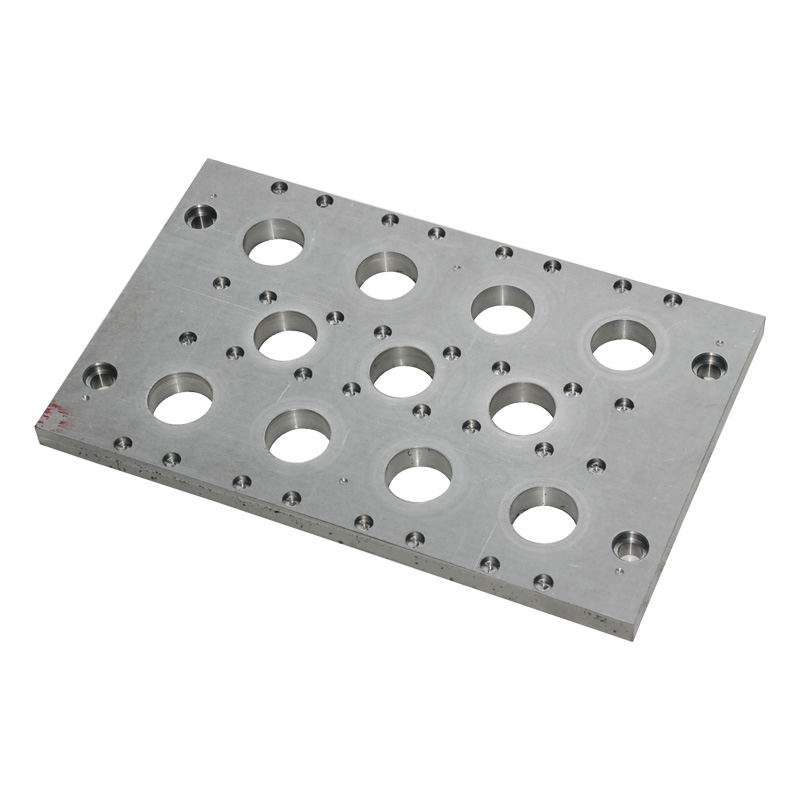Types of Plates with Holes
2024-07-19
Plates with holes can refer to a wide range of items across different contexts, including structural components in engineering, tools, and everyday objects. Below is a detailed overview of their applications, design considerations, and types:
Applications:
1. Structural Engineering:
- Connection Plates: Used to join beams and columns in construction. Holes are for bolts or rivets.
- Base Plates: Anchor structures to foundations with bolts passing through the holes.
2. Manufacturing and Fabrication:
- Fixture Plates: Used to hold workpieces during machining.
- Perforated Metal Sheets: For filtration, ventilation, and decorative purposes.
3. Medical Field:
- Orthopedic Plates: Used in bone fracture repair, with holes for screws to secure the plate to the bone.
4. Mechanical Systems:
- Gasket Plates: Used in heat exchangers, with holes for fluid flow.
- Mounting Plates: For securing mechanical or electronic components.
5. Daily Use Items:
- Pegboards: For tool storage, with holes to hold hooks and accessories.
- Drainage Plates: Used in sinks or gardens for water to pass through.
Design Considerations:
1. Material:
- Steel, Aluminum, Titanium: Commonly used for their strength and durability.
- Plastics: Used for lightweight applications or where corrosion resistance is needed.
2. Hole Pattern and Size:
- Uniform Pattern: Evenly spaced holes, often used in perforated sheets.
- Custom Pattern: Specific hole placement for unique applications.
- Hole Size: Varies based on the intended use, from tiny perforations to large bolt holes.
3. Strength and Durability:
- Plates must withstand the stresses and loads applied to them, considering both the material and the size/number of holes.
4. Corrosion Resistance:
- Essential for plates used in outdoor or harsh environments. Materials like stainless steel or coated metals are often used.
Types of Plates with Holes:
1. Connection Plates:
- Plates used in construction to join structural elements, with holes for bolts or welds.
2. Perforated Plates:
- Sheets with a regular pattern of holes, used for filtration, sound absorption, and aesthetic purposes.
3. Orthopedic Plates:
- Medical devices with holes for screws, used in bone fracture repairs.
4. Mounting Plates:
- Plates with holes for attaching equipment, components, or machinery.
5. Fixture Plates:
- Used in manufacturing to secure workpieces or tools during machining processes.
Examples:
1. Steel Connection Plate:
- A steel plate with holes drilled for bolts, used to connect two beams in a building.
2. Perforated Metal Sheet:
- A sheet of metal with a pattern of holes, used in a ventilation system.
3. Orthopedic Bone Plate:
- A titanium plate with screw holes, used to stabilize a fractured bone.
4. Pegboard:
- A wooden or metal board with evenly spaced holes for organizing tools.
Conclusion:
Plates with holes are versatile components used in numerous applications across various fields. Their design, material, and hole configuration are tailored to meet specific functional requirements, from providing structural support to enabling efficient manufacturing processes.



